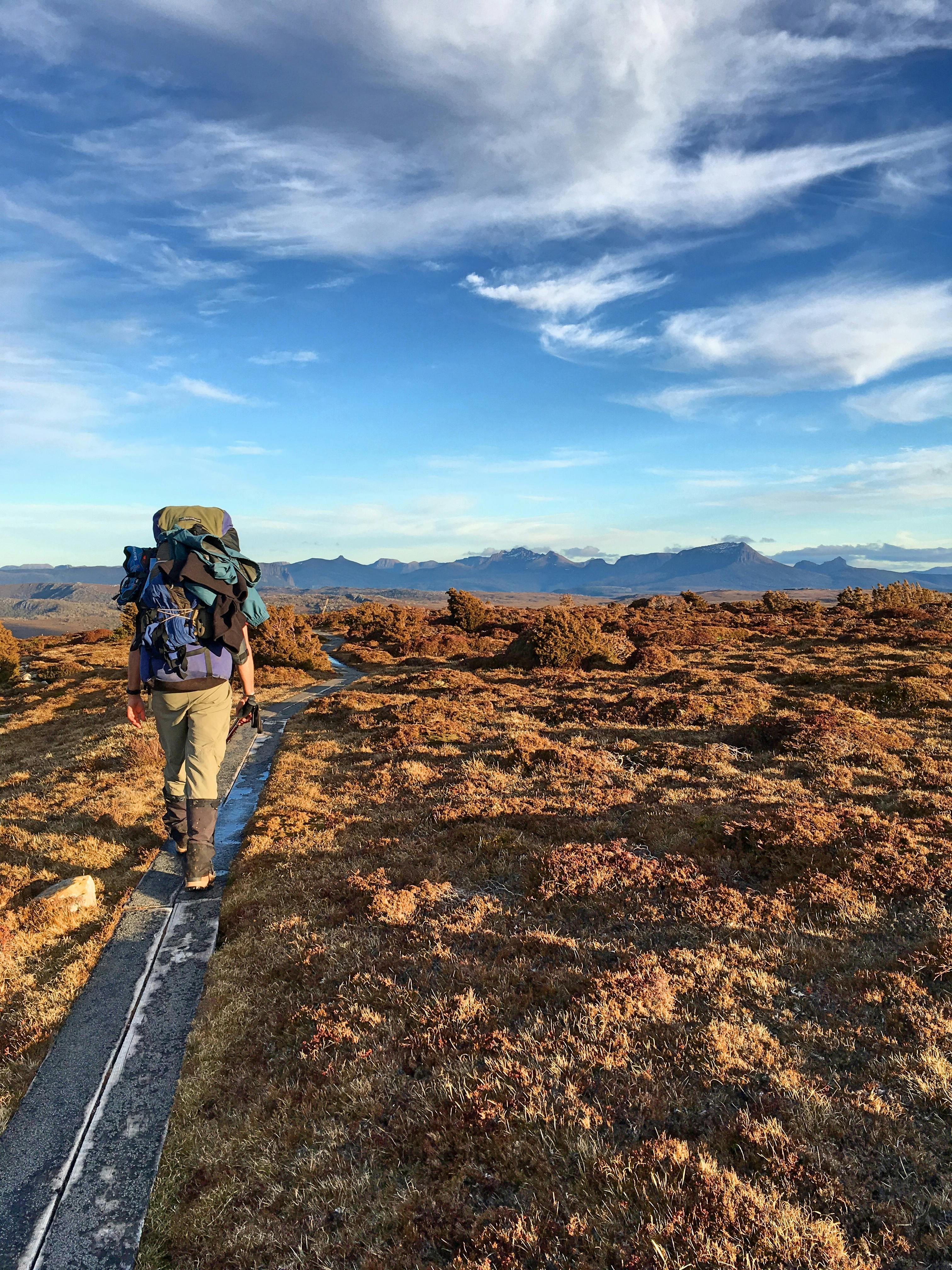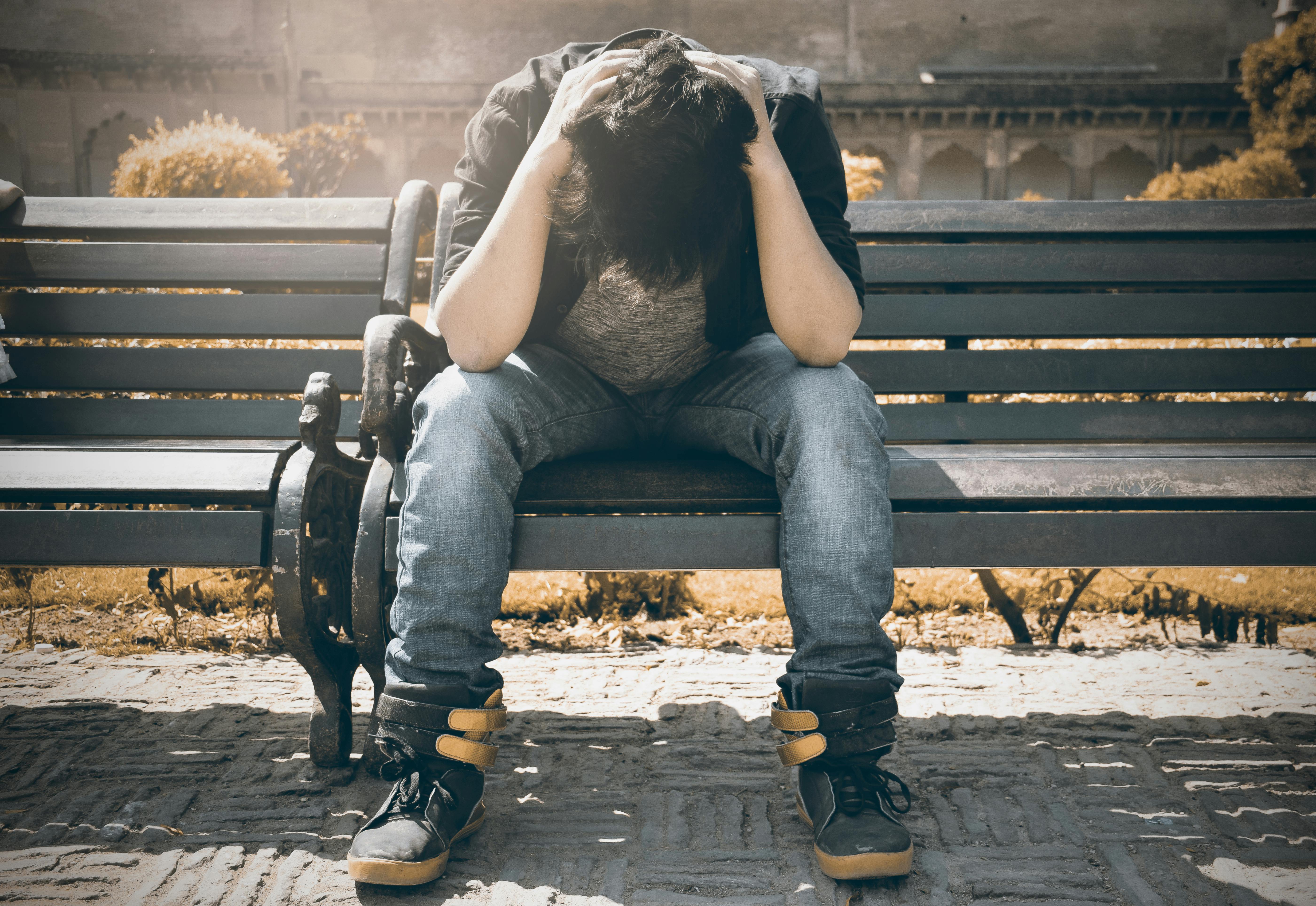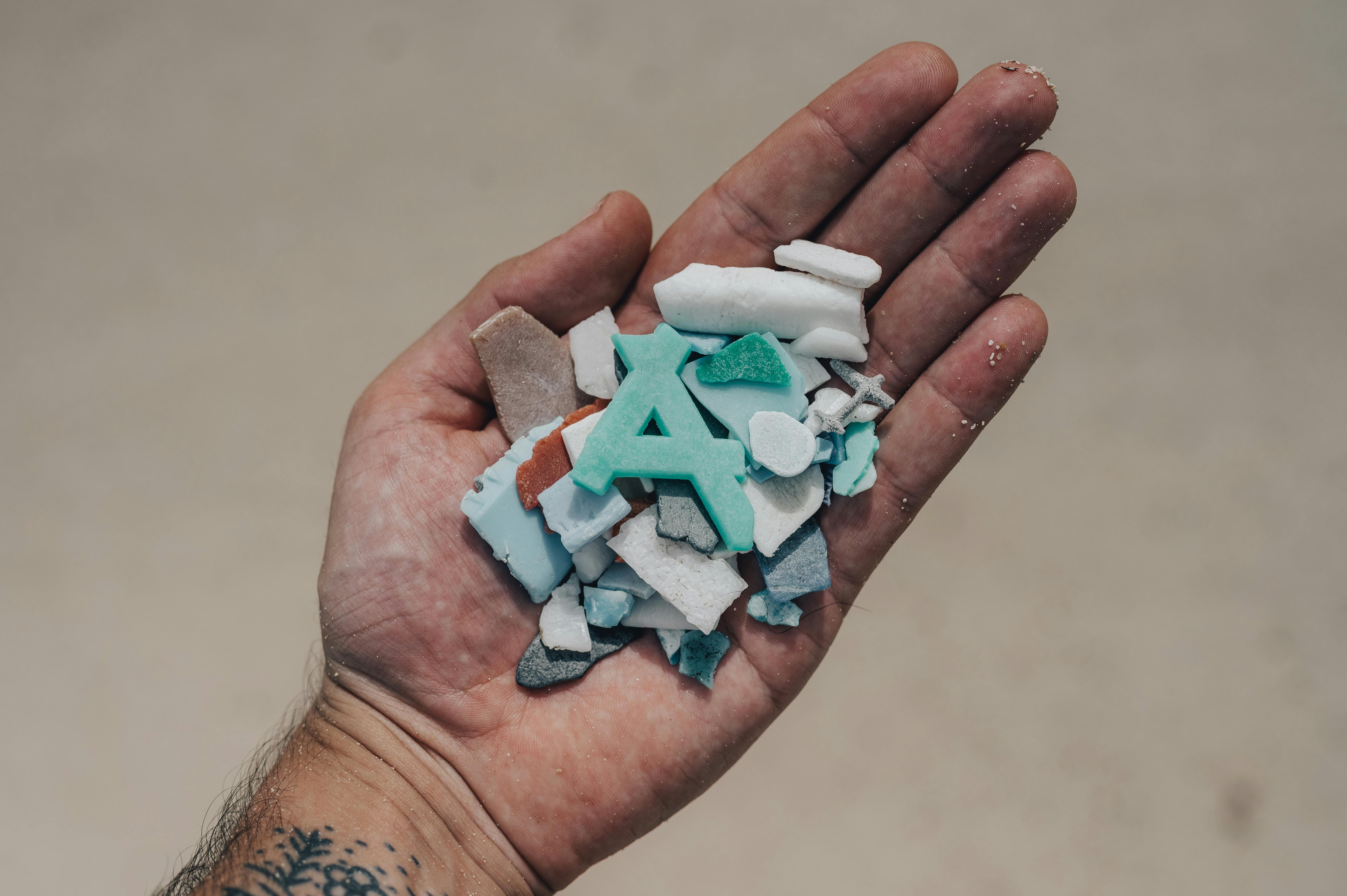Healing on the Road: Is it Possible or a Bad Idea?

It’s been three months since I completed an 18-month trip around the world. A trip across five continents through coastal towns, mountain landscapes, remote areas, and sprawling cities. This journey has shaped me in ways that I’m still processing, but a life constantly in motion has also brought many challenges.
Living nomadically has been my norm for more than a decade. I’ve called many places home, with extended stays across Asia, Europe, Africa, and the Americas. I feel incredibly fortunate to have experienced different cultures and ways of living, and I hold a deep sense of gratitude for that privilege. But one thing I’ve learned through it all is this:
“Your problems don’t simply disappear just because you change your surroundings.”
The shame, self-doubt, and relational patterns you carry, they travel with you. They are part of the baggage you carry across continents—excess weight that you can’t just leave behind when you head to your next destination.
That’s not a bad thing, but a reality. I’ve learned from experience that you can’t outrun (or in my case fly away from) your problems.
Space to see clearly
One of the beautiful things about travel is that it offers perspective.
New environments, new routines, and new ways of being can help you see things differently.
I still remember the six weeks I spent on my own in Thailand when I was married. This period of solitude gave me the space to admit what I already knew: my marriage wasn’t working. I discovered how much I valued freedom, autonomy, and simply being on my own. That clarity gave me the courage to walk away from a decade-long relationship and chart a new path on my own.
A few years later, I found myself in familiar territory: navigating the end of another long-term relationship. This time, it wasn’t a decision I made. But the space afterwards—and being in a new environment—allowed me to see myself in ways that I never had before.
Nature, stillness, and conscious community
After the end of both relationships, I moved temporarily to small coastal communities that offered space for solitude and reflection: Koh Phangan in Thailand and Mazunte in Mexico. Each place offered its own version of healing. Both locations had thriving conscious communities where I was immersed in nature: daily ocean swims, hikes through the jungle, and long walks along the beach became the norm.
Stepping into the unknown gave me a blank slate for identity work, without relational roles, friendship groups, and job titles to cling to. It was both liberating and confronting. I was meeting myself again without the identities that once defined me. And while that process wasn’t always comfortable, it was undeniably powerful.
Living in a conscious community was also very grounding. Yoga, breathwork, meditation, and somatic practices became part of my rhythm. They didn’t fix the full depth of discomfort that I was experiencing, but they helped me stay connected to my body and calm my mind.
But let’s be honest, healing when settling into a new context is not easy.
The first few weeks were some of the hardest—setting up a new life and trying to build connections while also grieving was destabilizing. While I eventually built meaningful connections in both communities, those early days were tough. Being on my own pushed me to grow in ways that I probably wouldn’t have if I stayed in my previous environment.
What I’ve learned about healing on the road
It’s easy to romanticize the idea of healing through travel. But over the years, I’ve learned a lot about the realities of navigating breakups and working through the pain and trauma that I’ve carried across my lifetime away from the comforts of home.
The past 18 months, in particular, have deepened those lessons in ways I’m still unpacking. Here are a few things I’ve come to understand:
1. A dysregulated nervous system follows you
Changing locations doesn’t change your internal state. In fact, new environments can add more stress. What has helped me is creating consistency and routine: simple, grounding rituals like yoga, meditation, physical activity, journaling, and spending time in nature.
When done regularly, having a simple and robust self-care routine has shown me just how quickly I can shift my internal world. I felt clearer, more grounded, and better equipped to face the challenges ahead of me within a few days. The key isn’t where you are or how long you stay somewhere, but rather how you show up for yourself each day.
2. Healing while in motion is possible, but stability can ground you
I started therapy in the second half of my trip around the world. The insights I gained were incredibly valuable, but my progress was slow. Even with slow travel (usually a month in each place), the logistics, language barriers, cultural differences, and health setbacks (altitude sickness and parasites included) disrupted any sense of consistency.
Sometimes, slowing down even more and temporarily putting down roots somewhere becomes necessary. I knew this during my sabbatical, but I kept moving.
3. Your environment can’t heal you, but it can support (or derail) you
Being somewhere new doesn’t magically create a new version of you, but your environment matters. In Mazunte, I lived in a rustic casita with many jungle critters. It wasn’t exactly nurturing, but it did teach me something important: I’m more resilient than I thought.
Still, the lack of comfort took a toll. I never truly relaxed, my sleep suffered, and I was often dysregulated. Now, in Puerto Vallarta, I have a clean and calm home, access to amenities, and a more predictable rhythm. This stability is accelerating my progress.
4. Connection matters, even short-lived ones
Healing doesn’t happen in isolation. Some of the most meaningful moments of my journey came from brief, unexpected connections. Like the German woman I shared a taxi with on my first day in Mazunte. I was still raw from my breakup, and she met me with such kindness. She reminded me that my dreams didn’t have to die with the relationship I had built them around. We connected regularly and her presence during those early days was quietly transformative.
I’ve made so many connections like this throughout my travels. Some have stayed in my life, while others were fleeting. Each taught me something important, lessons that I’ve carried forward as I’ve moved on to new destinations.
But the flip side of constant movement is the grief of constant goodbyes—something that I’ve learned doesn’t get easier with time, but it’s a reality of constantly moving.
5. Solitude, vulnerability, and discernment are essential
I’ve come to see solitude as something sacred in my healing process. It’s helped me reconnect with myself in ways I couldn’t have if I’d been surrounded by the familiar.
I also really value connection, and it’s something I’ve had to be very intentional about creating. Without it, loneliness creeps in—and when you’re healing, that can slow you down. It takes effort to put yourself out there, especially when your emotional landscape feels chaotic, but it’s worth the effort.
And when you’re in a new city, it’s tempting to fill your space with people. But I’ve learned to be more discerning. I’ve learned not to seek connection just to avoid being alone. Surrounding yourself with the right people can make all the difference. For me that’s people that are calm, grounded, and are positive influences on my growth. And I’ve become comfortable with walking away from connections that feel misaligned.
So… Is it worth it?
Leaving behind the familiar to step into the unknown isn’t for everyone. It comes with a lot of risk, but also immense possibility. If you’re looking to escape your problems, travel won’t help. But if you’re ready to meet yourself in new ways, in unfamiliar environments, and with a willingness to feel it all, then yes, healing on the road is absolutely possible.
You don’t need to stay in one place to heal. But you do need to stay committed to yourself and the practices that support your healing.
.png)




.png)